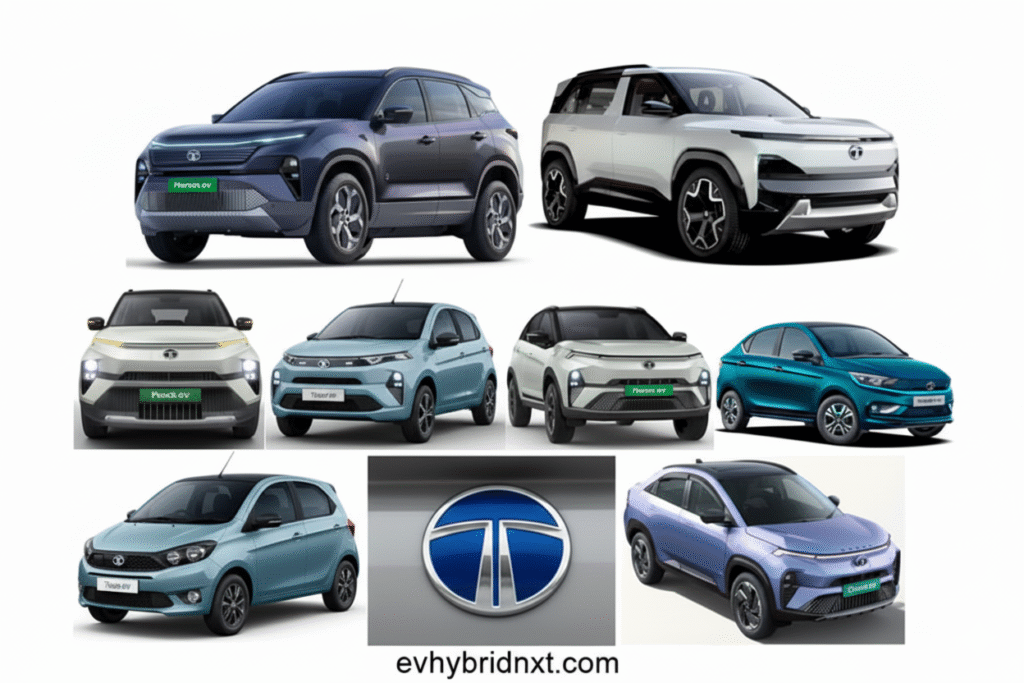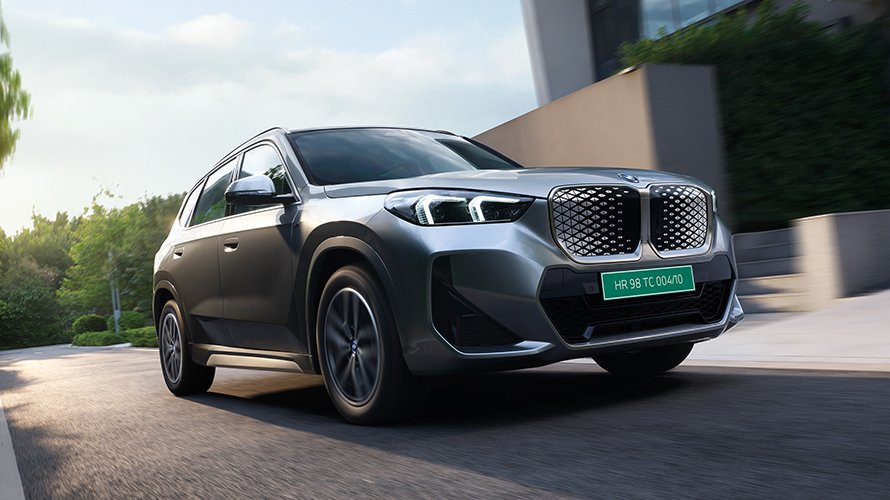Tata Motors is riding high on the wave of electric vehicle adoption in India, clocking its highest-ever monthly EV sales of 8,540 units in August 2025—a staggering 44% year-on-year (YoY) surge from 5,935 units in August 2024. This milestone marks the second consecutive month of record-breaking figures, following July’s 7,124 units, and propels the company’s January-August 2025 EV tally to 47,831 units—surpassing 69% of its full CY2024 total of 68,980 units. Amid a mixed overall sales performance (total 73,178 units, up 2% YoY), the EV segment’s vigor underscores Tata’s strategic pivot toward sustainable mobility, fueled by consumer confidence and policy tailwinds like FAME-III incentives.
Harrier EV Steals the Spotlight: Pioneering AWD in Mass-Market EVs
At the heart of this surge is the newly launched Harrier EV, Tata’s flagship electric SUV that debuted on June 3, 2025, starting at an ex-showroom price of ₹21.49 lakh. Built on the advanced Acti.ev Gen 2 platform, it’s India’s first all-wheel-drive (AWD) mass-market electric SUV, delivering over 600 km of claimed range (MIDC-certified up to 627 km for the 75 kWh variant) on a single charge. Powered by dual motors in top trims (up to 390 bhp and 504 Nm torque), it accelerates from 0-100 km/h in 6.3 seconds, blending performance with features like V2L/V2V charging, UPI-based in-car payments, and a 14.5-inch QLED touchscreen
The Harrier EV isn’t just specs on paper—it’s drawing in traditional SUV buyers from diesel and petrol segments, thanks to its premium positioning (up to ₹28.99 lakh for the AWD Empowered+ variant) and India-tuned ADAS. Complementing it are stalwarts like the Punch EV and Nexon EV, which continue to anchor volume sales, while the Curvv EV injects fresh appeal with its coupe-SUV styling. Together, these models have expanded Tata’s EV portfolio to six strong contenders, catering to urban commuters and family adventurers alike.
Market Share Dynamics: Competition Heats Up, But Volumes Soar
Tata’s EV triumph comes against a backdrop of intensifying rivalry. Retail EV market data from the Vahan portal shows Tata leading with 7,088 units in August (40.98% share), but facing a close chase from JSW MG Motor (4,759 units, 27.51% share) and Mahindra (2,604 units, 15.05% share)—the duo collectively holding 48% of the pie. Tata’s share has dipped from 65% YoY, reflecting broader market growth (total retail EVs: 17,298 units, up 155% YoY), yet its volumes jumped 68%, signaling sustained demand
| Brand | August 2025 Sales | YoY Growth | Market Share |
|---|---|---|---|
| Tata Motors | 7,088 | 61% | 40.98% |
| JSW MG Motor | 4,759 | 231% | 27.51% |
| Mahindra | 2,604 | 338% | 15.05% |
| Hyundai | 584 | 1,290% | 3.37% |
| BYD | 447 | 97% | 2.58% |
Strategic Investments: ₹35,000 Crore Roadmap to Reclaim Leadership
To counter the heat, Tata Motors is doubling down with a ₹35,000 crore EV investment strategy over the next five years, expanding from eight to 15 models by FY30.
This capex blitz—part of a broader ₹16,000-18,000 crore EV-specific outlay—targets EBITDA break-even by FY26 and 20% passenger vehicle market share by FY30.
Key pillars include:Urban Compact EVs: Affordable options like an enhanced Tiago EV for city dwellers.
Midsize Family EVs: Versatile models emphasizing safety and space, building on Nexon EV success.
Lifestyle Electric SUVs: Premium crossovers like the Sierra EV for aspirational buyers.
Premium EVs: High-end rivals to global icons, leveraging JLR tech for exports.
Tata’s in-house battery push via Agratas (gigafactory ramp-up by 2026) and software-defined vehicles will cut costs and boost ranges, aiming for 30% EV mix in sales by 2030.
Exports to markets like Sri Lanka and Mauritius are also gaining traction, with July 2025 PV exports up 186% YoY.
August 2025: A Turning Point for Tata EVs8,540 EVs Sold: Best-ever monthly sales, blending domestic (majority) and export volumes.
+44% YoY Growth: Vs. August 2024, outpacing industry averages.
47,831 Units Jan-Aug: 69% of CY2024’s full-year total, on track for 80,000+ annually.
Harrier EV Drives Surge: 600+ km range and AWD attract ICE switchers.
This month cements August 2025 as a pivot, where Tata’s EV volumes outshine share erosion, hinting at a maturing market where innovation trumps incumbency.
Conclusion: Electrifying India’s Roads, One Peak at a Time
Tata Motors’ August EV peak isn’t a flash—it’s a testament to resilient demand and forward-thinking bets. With the Harrier EV redefining AWD accessibility and a ₹35,000 crore war chest fueling diversification, Tata is geared to navigate competition while leading India’s EV charge toward 30% penetration by 2030. As rivals circle, Tata’s blend of volume, value, and vision positions it not just to endure, but to dominate the green revolution.



